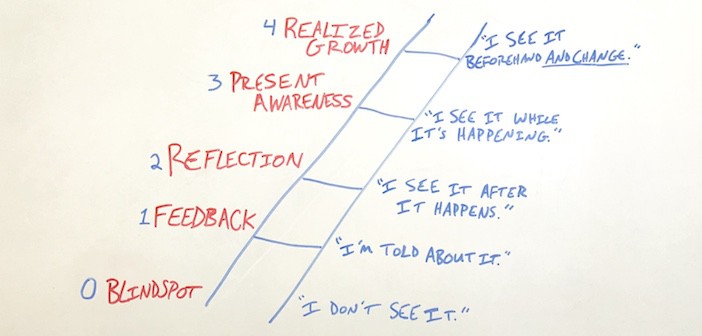There is a little joke I often make regarding church leaders” reporting of weekly attendance and other numerical data: “Pastors can”t count but they sure can add!” It amazes me how many churches choose to leave even the most basic of results untracked. The fear of micro-managing leads senior pastors to ask vague questions that result in even more ambiguous answers.
.
“How many people did you have last night?” “Oh, we had a great turnout.”
.
But there is no failure in leadership for measuring with detail. Micro-managing only exists when a senior leader does not allow a second-level leader to direct his own programs and solve his own problems. Measuring adequately does nothing to direct or solve, it only exposes the problems and achievements for which a senior leader can coach and reward. With that coaching and rewarding, the second-level leader is better equipped to direct his programs and solve his problems. When we are not measuring with detail, we lack the information required to lead our team members appropriately and individually.
.
Resist micro-managing. Require micro-measuring.
.
Here are a few qualities to consider when developing any metric:
.
1. Measure consistently
Sporadic measurements will never provide a true indication of steady growth and decline over time. They eliminate the ability to recognize trends during and after their development. Also, the longer you measure, the more useful a metric will be as you are able to compare years over years.
.
2. Measure specifically
Vague measurements lead to uncertain attributions. If your metric is not collecting data at the most specific detail possible, you will not be able to truly determine the reasons for fluctuations and trends.
.
3. Measure what you value
The things you measure are the things that matter. Metrics drive behavior. By measuring only what you value, you encourage team members to pursue those things alone. Conflicting messages are created when you say don”t care about something yet continue to collect information regarding it.
.
4. Graph everything
Especially if you”re not a “numbers person”, visual representation of data can be a huge asset in seeing improvements/declines and their associated reasons.
.
5. Lead appropriately
Adjust your leadership based on the guidance of your metrics. Coach the identified problems and reward the identified achievements. The metric is wasted if it does not regularly affect the way you lead.




One Comment